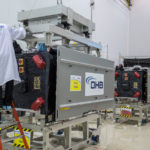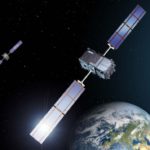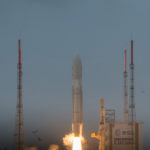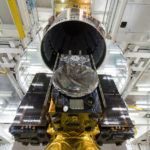Orolia announced that its atomic clock solutions have been selected for the Galileo Global Navigation Satellite System (GNSS). Under contracts totaling 26 million euros, Orolia will deliver its stable, accurate timing solutions to 12 additional Galileo satellites.
Each satellite will carry two Rubidium atomic clocks and two passive Hydrogen Masers, said to be the most stable clock in the world. Under these contracts, Orolia will supply its Spectratime Rubidium Atomic Frequency Standard and its Passive Hydrogen Masers physics package for an additional 12 Galileo satellites. These new satellites will reinforce Orolia’s position in the number of active atomic clocks in space, including more than 100 in the Galileo system. Read more…






